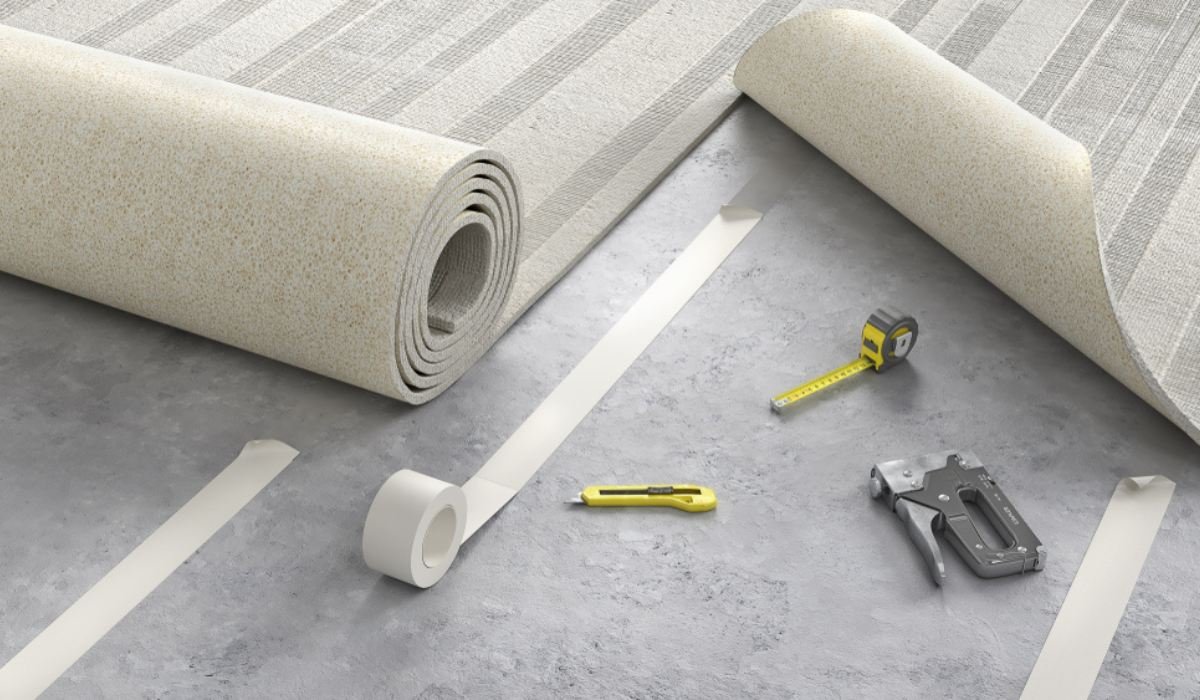Carpet Installation is a multi-step process that requires careful planning, preparation, and execution to ensure a successful outcome. While the specifics of the installation process may vary depending on factors such as the type of carpet, the size of the room, and the condition of the subfloor, there are several key steps that are typically involved in the installation process.
Process is to prepare the room
The first step in the carpet installation process is to prepare the room. This involves removing any existing flooring material, such as old carpet, tile, or hardwood, and thoroughly cleaning the subfloor to remove dirt, debris, and adhesives. It's essential to ensure that the subfloor is smooth, level, and free of any imperfections that could affect the installation of the new carpet.
Acclimate to the room's temperature
Next, the carpet installer will measure the room and cut the carpet to size. This involves carefully measuring the dimensions of the room and accounting for any obstacles such as doorways, closets, or irregularly shaped spaces. Once the carpet has been cut to size, it will be rolled out and laid flat to acclimate to the room's temperature and humidity.
Absorbing impact and reducing wear and tear
Before installing the carpet, the installer will lay down a carpet pad to provide cushioning and support. The pad is typically made from foam or rubber and helps to prolong the life of the carpet by absorbing impact and reducing wear and tear. The pad is cut to size and secured to the subfloor using adhesive or staples.
Once the pad is in place, the carpet installer will begin laying the carpet. This involves positioning the carpet carefully and stretching it tightly to ensure a smooth and wrinkle-free installation. Special tools such as a knee kicker and a power stretcher may be used to achieve the desired tension and alignment.
After the carpet has been laid, the installer will trim any excess material and seam the edges together using heat-activated tape or adhesive. Seams should be carefully aligned and securely bonded to prevent unraveling or separation over time.
Finally, the installer will finish the job by attaching transition strips or thresholds to cover the edges of the carpet and create a smooth transition between rooms or flooring materials. Any necessary adjustments or touch-ups will be made to ensure that the installation meets the highest standards of quality and craftsmanship.
In conclusion, carpet installation is a complex process that requires careful planning, preparation, and execution to achieve a professional result. By understanding the steps involved in the installation process, homeowners can better appreciate the skill and expertise required to transform their space with beautiful and long-lasting carpet flooring.

Comments
Post a Comment